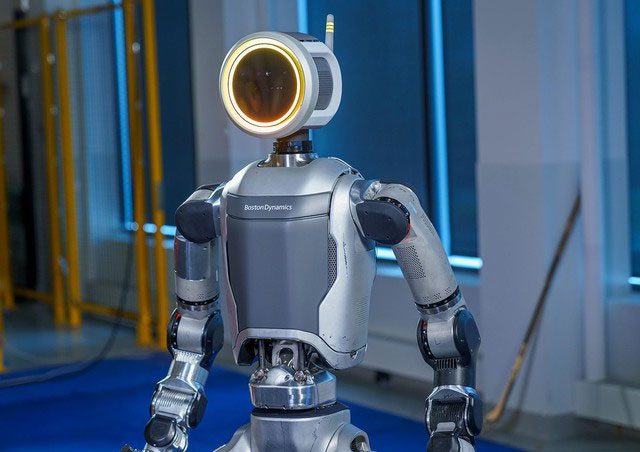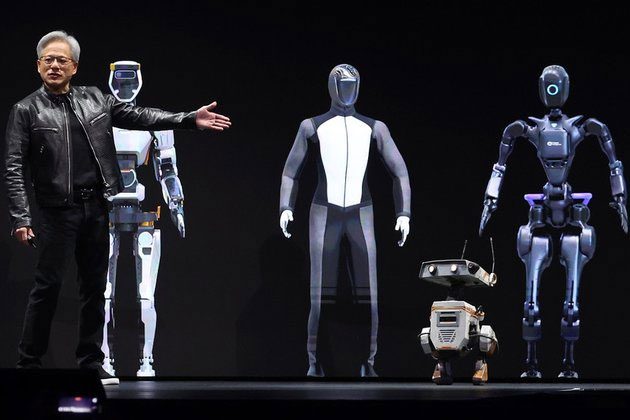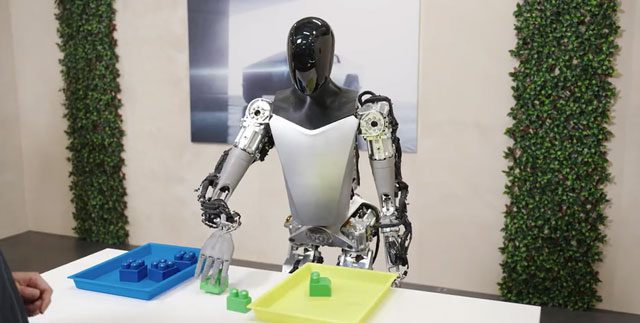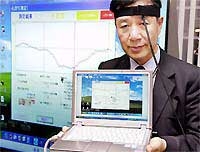The new generation Atlas is significantly more flexible than before.
For nearly a decade, the Atlas robot developed by technology company Boston Dynamics has made numerous appearances in the media. Atlas is capable of walking and performing many complex movements, demonstrating the flexibility of next-generation robots.
However, no joy lasts forever. Boston Dynamics has officially retired the HD Atlas robot, bidding farewell with a video showcasing the progress of Atlas over the years.
“Goodbye HD Atlas”: a farewell video to Boston Dynamics’ hydraulic robot project.
However, the end of one journey marks the beginning of another. Boston Dynamics has officially introduced the successor to HD Atlas, another robot system … also named Atlas. Unlike the HD Atlas, which used hydraulics for movement, this version operates entirely on electricity and continues to be designed for real-world tasks.
The new generation Atlas is more flexible than before, even designed by Boston Dynamics to perform movements impossible for humans.
Still Atlas: Boston Dynamics’ new flexible robot system.
According to official information from Boston Dynamics, the new version of Atlas integrates advanced machine learning and artificial intelligence tools, such as reinforcement learning and machine vision, to move flexibly in the dynamic environment of everyday life. Boston Dynamics is collaborating with Hyundai to bring the new generation Atlas into the production line of the South Korean technology giant.

New generation Atlas robot.
This flexible version of Atlas continues to demonstrate the trend of developing humanoid robots integrated with artificial intelligence. BMW is currently using this type of robot to support production, and major corporations like Microsoft, NVIDIA, and OpenAI are allocating resources to develop humanoid robots.

NVIDIA’s humanoid robot project – Photo: NVIDIA.
Figure 01 from Figure conversing with humans – (Video: Figure).

Optimus robot developed by Elon Musk’s company – (Screenshot).
Recently, NVIDIA CEO Jensen Huang stated that producing such robots makes sense, as the world we live in is built for humans, allowing robots to quickly “adapt.” He also noted that humanoid robots will create additional jobs.
“This will create jobs, it will make companies more productive“, he said. “As companies become more efficient, their profits improve, or their revenues increase. When that happens, they will add more personnel“.




















































